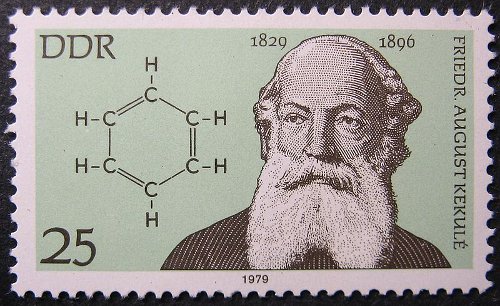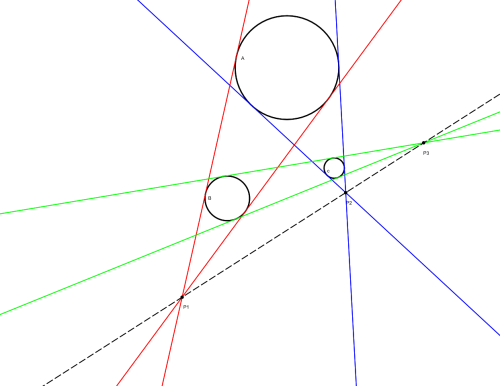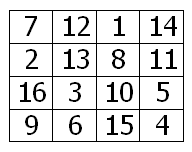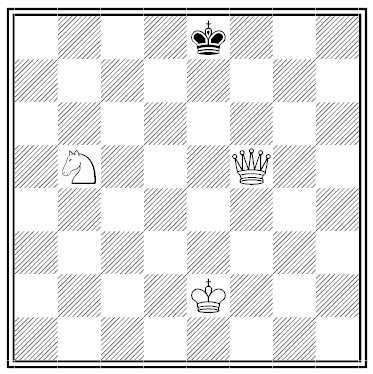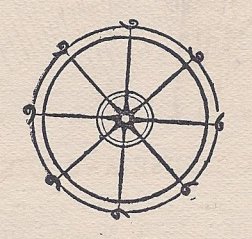“Light crosses space with the prodigious velocity of 6,000 leagues per second.”
— La Science Populaire, April 28, 1881
“A typographical error slipped into our last issue that it is important to correct: the speed of light is 76,000 leagues per hour — and not 6,000.”
— La Science Populaire, May 19, 1881
“A note correcting a first error appeared in our issue number 68, indicating that the speed of light is 76,000 leagues per hour. Our readers have corrected this new error. The speed of light is approximately 76,000 leagues per second.”
— La Science Populaire, June 16, 1881

